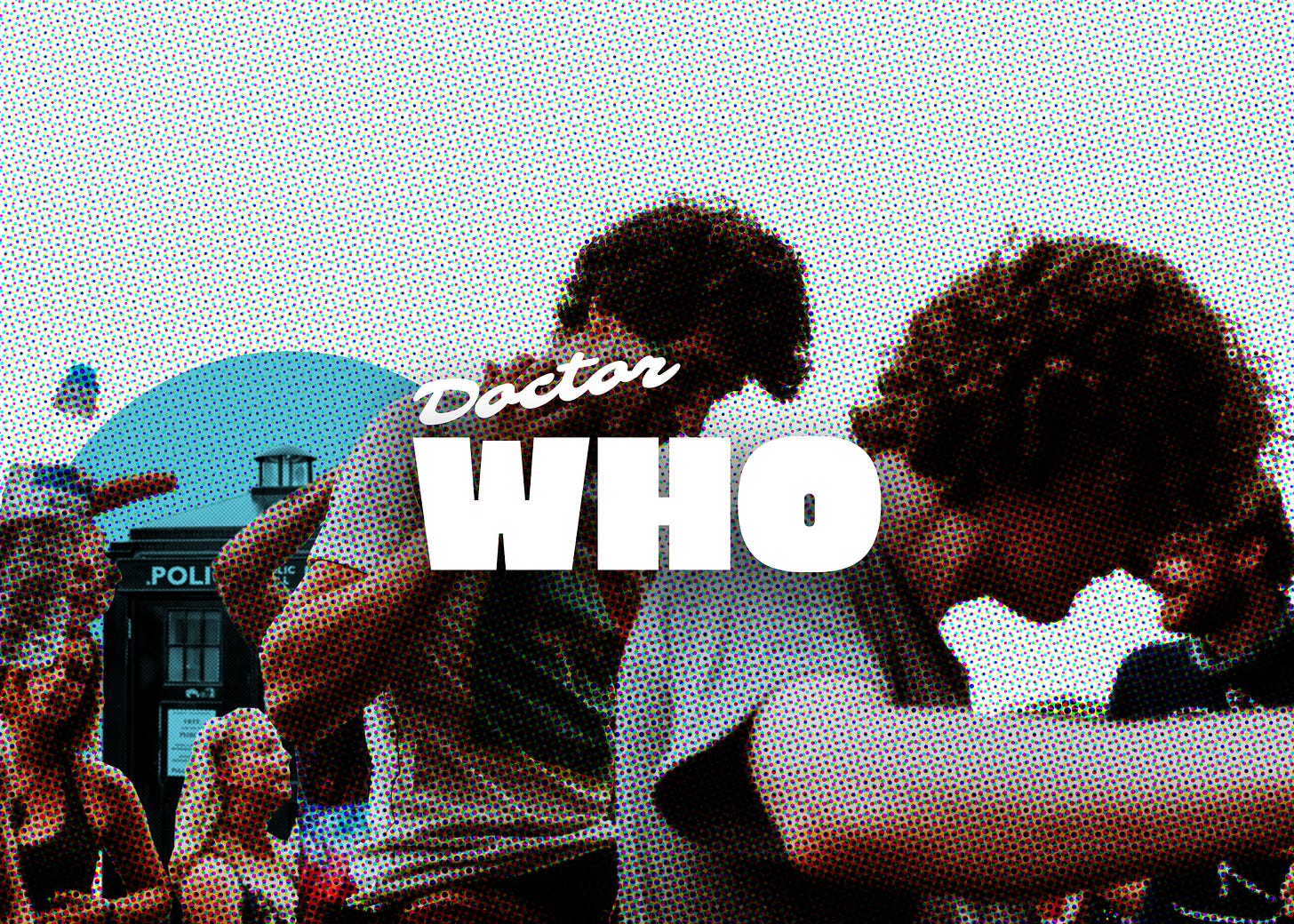At some point in the summer of 1987, my girlfriend and I were trying to decide what film to go and see. One movie in particular had caught my eye but her father - who was a film critic for the Times - persuaded us that it wasn’t worth it. He recommended Spielberg’s adaptation of J. G.Ballard’s Empire of the Sun, which made for a very weird date.
I didn’t get to see the film I had wanted to see that afternoon until a year later, in 1988, which is when I found out just how wrong her father had been. But more on that later.
Sexual intercourse began
In nineteen sixty-three
(which was rather late for me) -
Between the end of the "Chatterley" ban
And the Beatles' first LP.
Philip Larkin, Annus Mirabilis
The Doctor Who story Remembrance of the Daleks was broadcast in October 1988, almost exactly 25 years after the very first episode had been broadcast in November 1963. And Remembrance of the Daleks returns to the setting of that first episode: Coal Hill School, in the East End of London, in 1963. (In the background of one scene, a TV set appears to be about to announce a new BBC sci-fi series before someone turns it off.)
1963 had been the year not only of the Beatles and sex but also, as Philip Larkin mysteriously failed to point out, Dalekmania. Doctor Who was a massive hit for the BBC, and as much part of the pop cultural explosion of the early ‘60s as ‘Love Me Do’ and allowing your servants to read filthy books.
In 1980 there was a sense that Britain might finally achieve escape velocity from the groovational pull of the Swinging Sixties, via Punk, synthesisers and New Romance. But it didn’t happen. Throughout the ‘80s the influence of the ‘60s was everywhere, from Marvin Gaye songs in jeans ads to films about the Vietnam War. Every year was some kind of Boomer twenty-year anniversary; the whole decade was one long midlife crisis. Gen X childhoods were full of reruns of Thunderbirds and The Monkees, and our adolescence haunted by reanimated rock dinosaurs. When Remembrance of the Daleks aired in 1988 The Hollies were number two in the charts with ‘He Ain’t Heavy (He’s My Brother)’. The cinemas were showing Buster, a film about the 1963 Great Train Robbery. (Apparently even the criminals had been better in the ‘60s.) 1988 also saw the publication of Mark Lewisohn’s exhaustive The Complete Beatles Recording Sessions, which details every single moment each of the Fab Four spent in a studio, what they recorded there, who playing mellotron on it, and what John and Paul were bickering about that day. I even subscribed, at one point, to a magazine called Idols, a journal of ‘60s pop culture, which dealt in profiles of Jim Morrison and exhaustive episode breakdowns of Linda Thorson-era Avengers.
This all culminated in 1988 with The Second Summer of Love, a cosplay 1968 but with house music and MDMA rather than Jefferson Airplane and LSD. Even the symbolism - ‘acid’ house and the smiley face logo, tie-die and floppy hats - was full of ‘60s references. The music might have been hypermodern cyberpunk, but the ‘60s myth was inescapable.
In the summer of 1988, I finally got to see that film.
I was working in London and living in squalor. The entire sink had gone rotten. There were things living in there. Matter. We were drifting into the arena of the unwell. One evening my friend returned with meat - the first solid thing to pass my lips in sixty hours - and announced that there was a film on that I had to see.
Some of you will already have figured out what it was.
Keep reading with a 7-day free trial
Subscribe to The Metropolitan to keep reading this post and get 7 days of free access to the full post archives.



